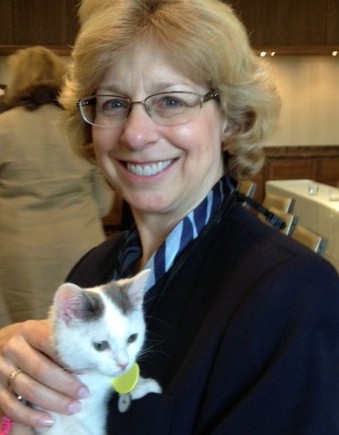The last few weeks of the calendar year can be stressful in the workplace as people become distracted preparing for the holidays. Employees can be overwhelmed with year-end reporting and planning deadlines just as everyone else seems to be using up the last of their vacation days. And those at work may be so into the holiday frenzy that they’ve mentally checked out.
Here are five ways managers can help employees stay on-task and engaged during the holiday season.
- Keep employees mission-focused, customer-focused, and connected.
Respectfully remind employees how year-end projects and planning are critical to your company’s mission and goals. Make time to recognize employees’ individual and collective efforts in taking care of customers and each other as the year winds down. - Acknowledge and alleviate seasonal stresses.
Consider what you can do ahead of time to minimize year-end pressures such as starting your business planning cycle earlier (if feasible) to avoid a planning crunch when fewer people are at work. Or schedule the employee holiday lunch or dinner party in January when there are fewer social activities; this also gives employees something to look forward to after the holidays. - Ask employees to share their ideas.
Go to the source and solicit suggestions from your employees as to what might be done to improve productivity during this time of year — whether in a special discussion at staff meetings or as a project for a designated employee task force. - Inspire and de-stress.
- Invite employees to share with each other how they cope with seasonal work stress … the funniest holiday situation they’ve encountered at work … how they successfully defused a difficult situation with a customer, etc.
- Give-back to the community by volunteering time as a group to work in a food bank or collect gifts for needy families. To keep such an activity from creating more stress, however, employee involvement must be voluntary with no management or peer pressure regarding time and financial contributions.
- While bringing holiday sweets to the office is welcome by many, also consider healthy ways to reduce stress. For example, a licensed massage therapist can be hired on-site to provide 10-15 minute back massages for employees or a yoga instructor can lead mini-meditation sessions.
- Patience, patience, patience.
Keep in mind the end of the year can be a challenging time for everyone: you, your customers, employees, colleagues, and business partners.
Try one or more of these ideas to help get through the season. When you find what works, you can apply it next year when you go through this all over again. Happy Holidays!












